The ocean, with its vastness and its mysteries, has always been a source of wonder. Beneath its surface lies a world full of color, movement, and life—so much to explore, yet so difficult to fully grasp. As someone who doesn’t have the in-depth knowledge of marine biology or the skills of an underwater photographer, I’ve often found myself frustrated in my attempts to capture the beauty of the ocean in images. I can’t name every fish, or describe every behavior in scientific detail, and that lack of expertise has made it harder to create the type of visual depth I’ve always imagined.
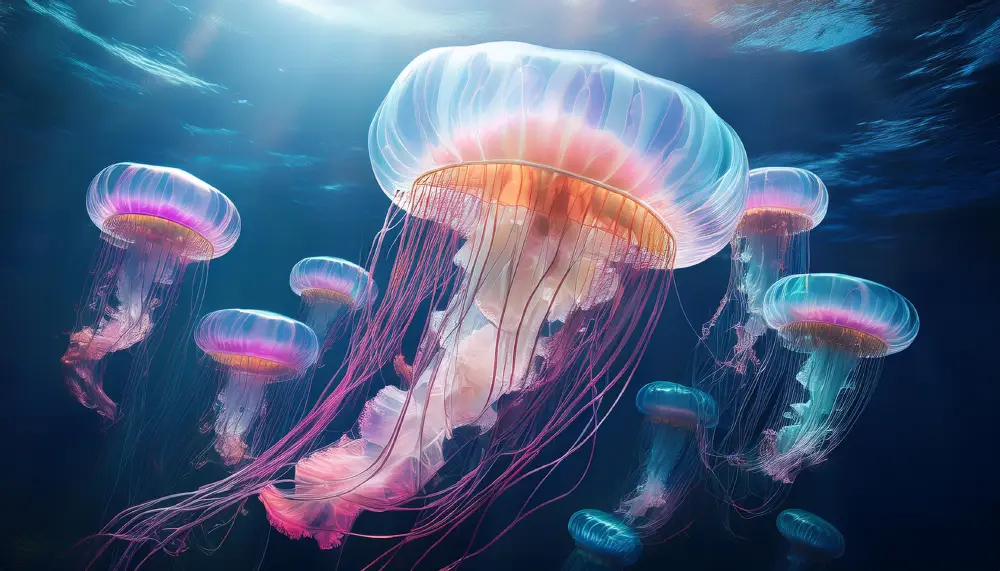
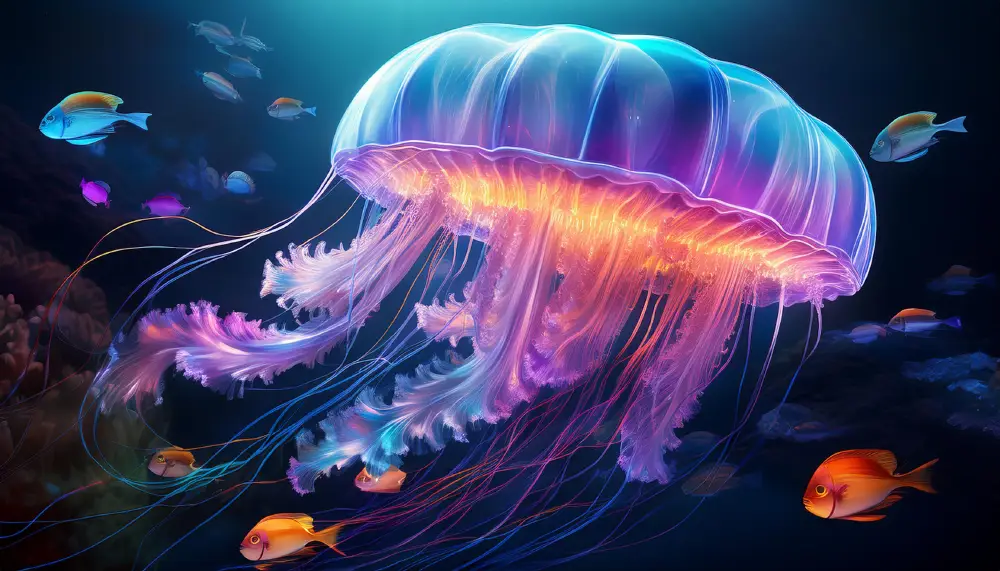
This is where Adobe Firefly comes in. With its ability to generate rich, detailed images from simple prompts, it opens up a world of possibilities for translating the ocean’s complexity into visual form. But the challenge, for me, has been learning how to convey the right nuances to the AI in order to get something that truly reflects the living, breathing world beneath the waves.
It wasn’t about replicating reality, but about capturing the essence—the feeling—of the sea.
At first, I felt lost. I could describe the colors of fish, the way light filters through water, but without a solid understanding of how these elements interact in nature, my prompts often fell short. I would ask for a sea turtle gliding past a reef, only to get an image where the proportions felt off, or the light didn’t quite match the soft glow I had envisioned. I would try to create an image of a school of fish darting through a coral garden, but the movement, the way the fish should swirl in harmony, wasn’t there.
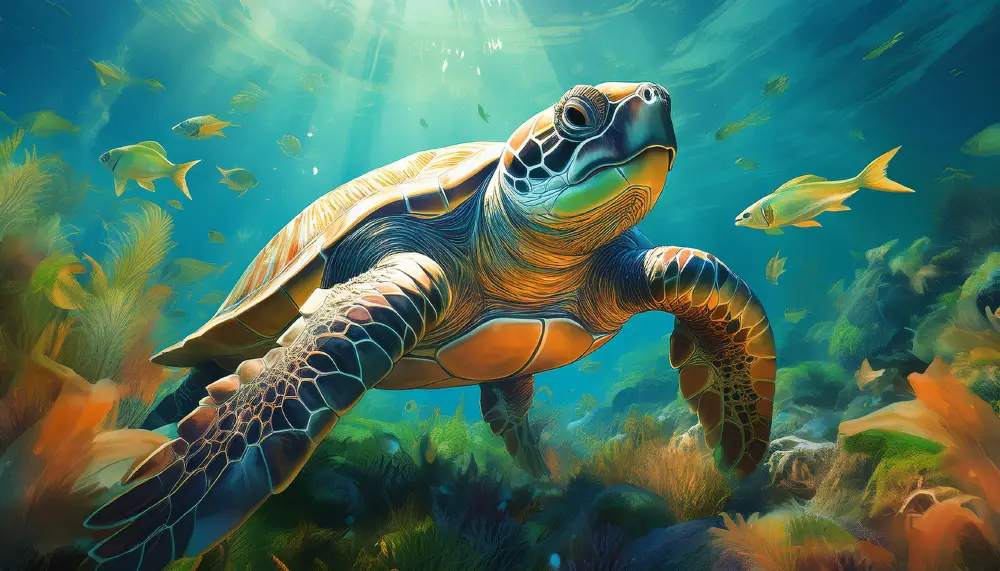
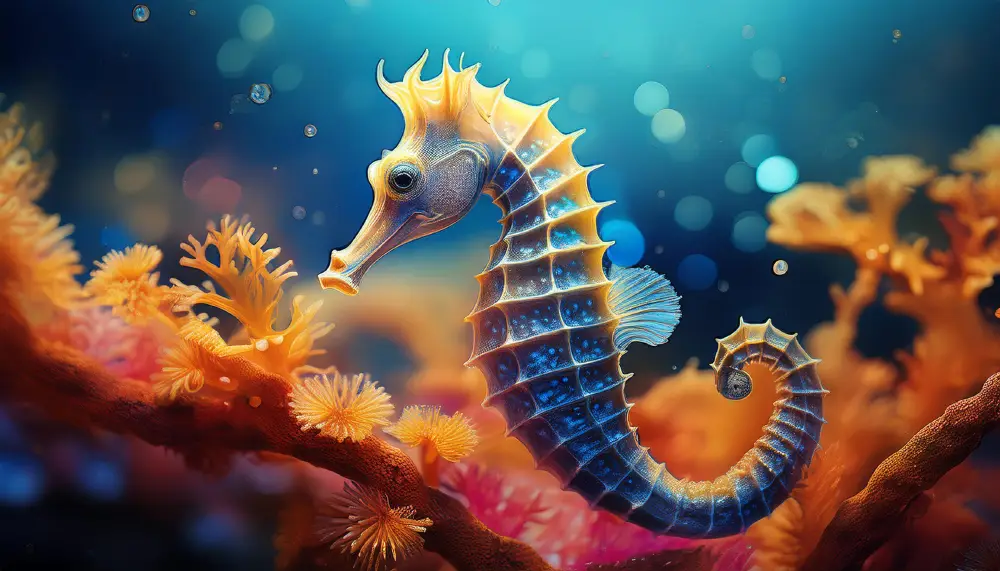
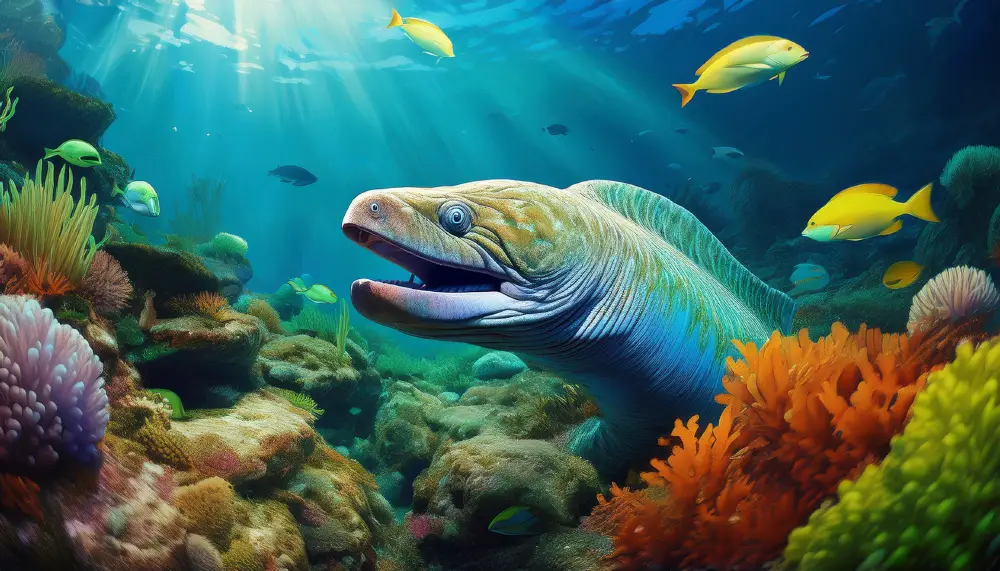
I realized quickly that the gap wasn’t just about vocabulary—it was about understanding the details that would allow me to truly capture the essence of the ocean. How does sunlight behave in water? How do schools of fish move together in the current? What makes the sea an environment so unique, so dynamic?
Without that technical expertise, it was a struggle to guide Firefly to create something that felt authentic. But, as I continued to refine my prompts, something started to shift. Instead of aiming for exact accuracy, I began focusing more on the experience of being underwater—the feeling of light breaking through the water’s surface, the sense of fluidity and motion, the rich contrasts between the shadows and the vibrant hues of coral.
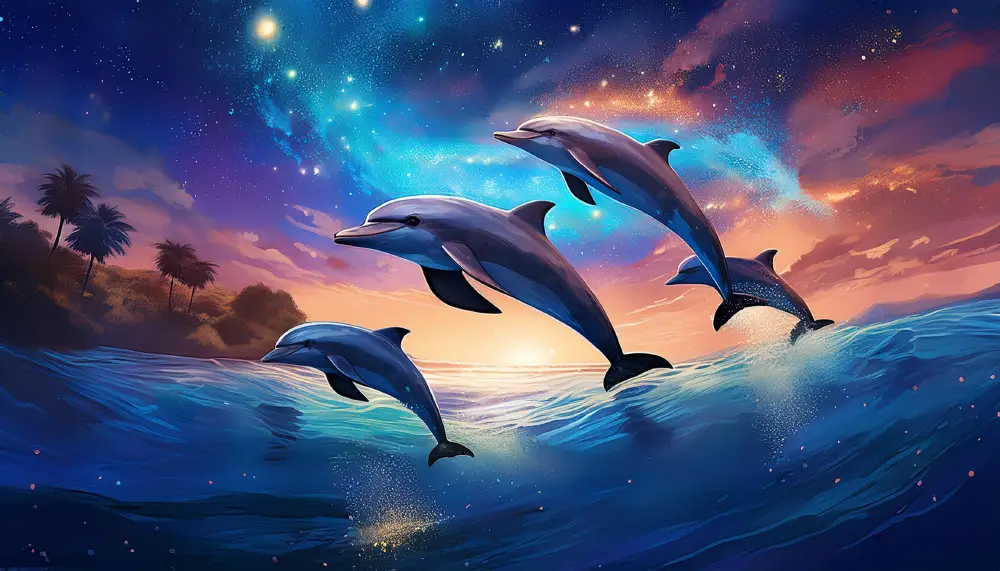
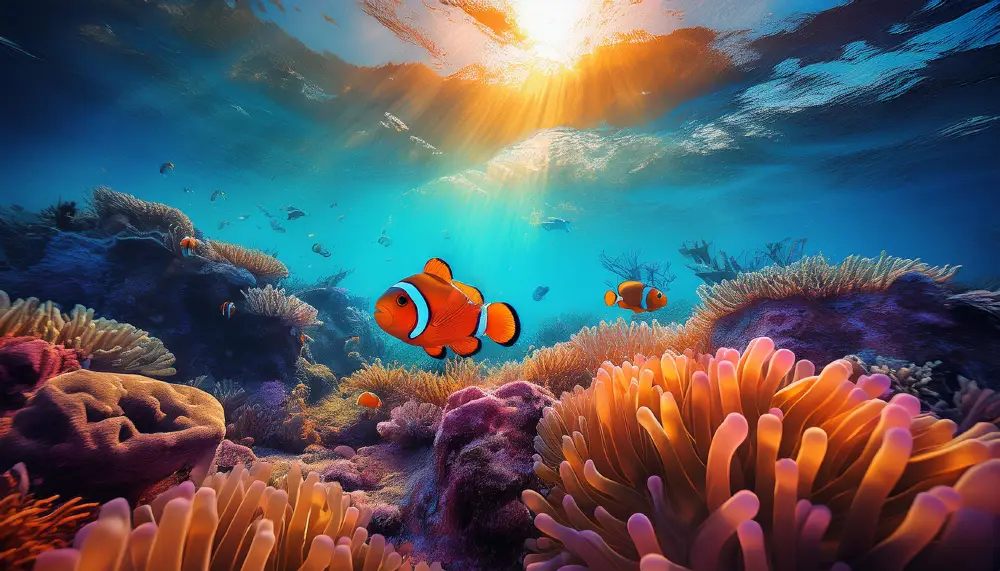
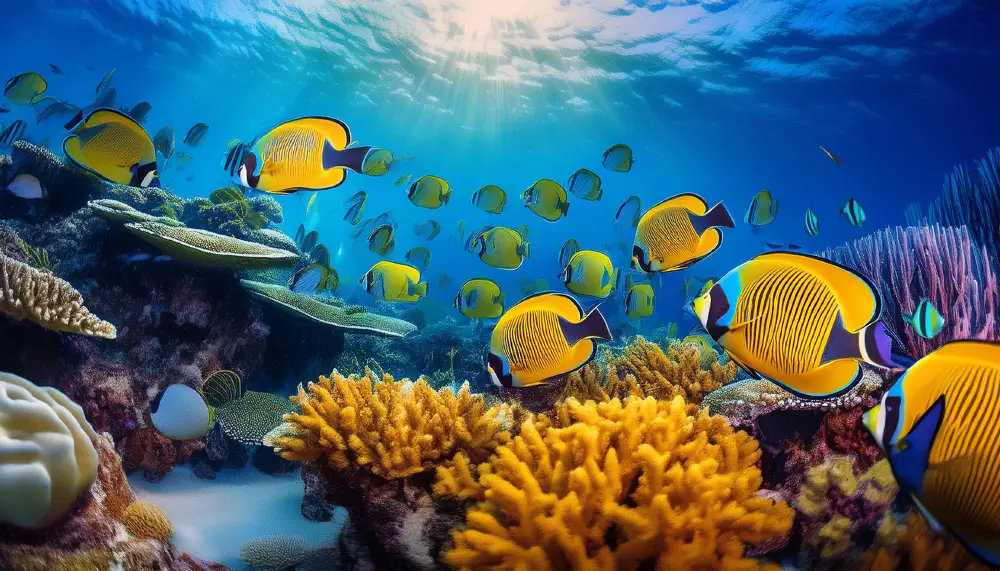
Slowly, I realized that the beauty of the ocean doesn’t lie in its precise details, but in its mood, its energy. It’s in the way light and water play together, how a school of bright fish looks almost alive with movement, or how the textures of coral and kelp shift and sway with the current. It’s the sense of peace that can wash over you when you watch a sea turtle glide by, its movements slow and deliberate, or the excitement that comes from watching a pod of dolphins leap through the waves.
I began to find my voice in the process. Instead of trying to replicate reality with scientific precision, I focused on creating images that evoked the spirit of the sea—the sense of wonder and discovery. Firefly became a tool that helped me give shape to what I could imagine, even if I didn’t know all the specifics. And in a way, it taught me something important: sometimes, art isn’t about accuracy; it’s about capturing a feeling, a moment, something that resonates beyond the details.
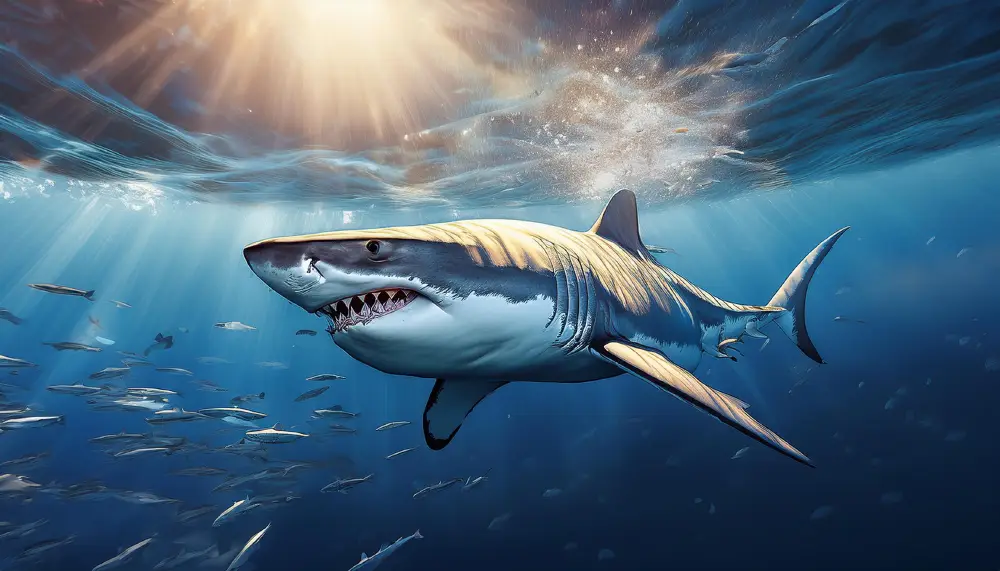
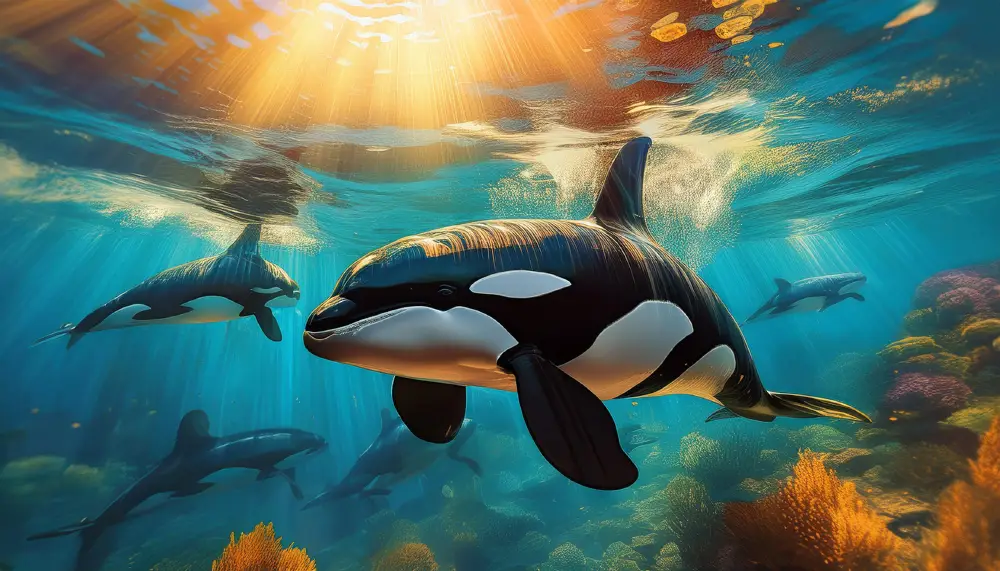
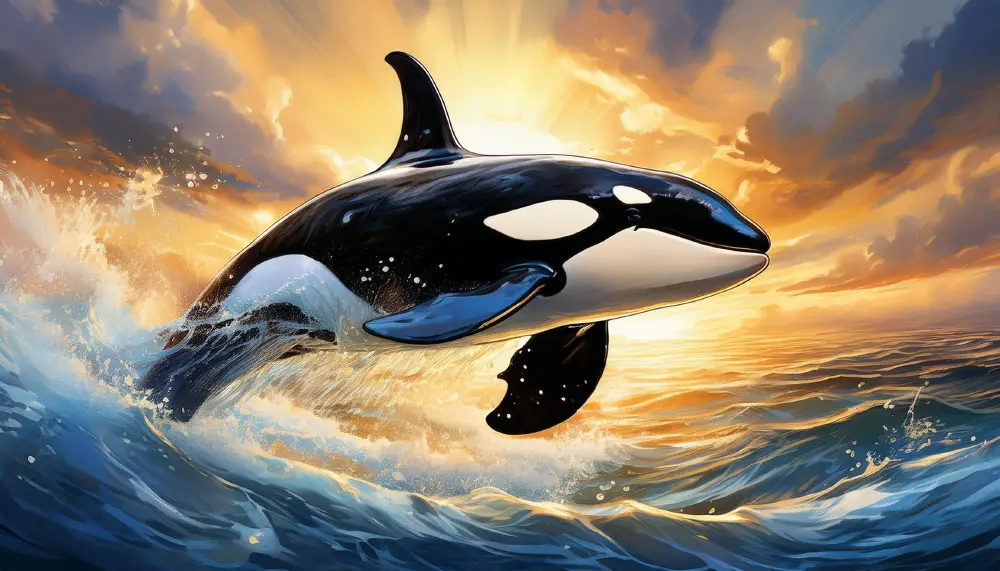
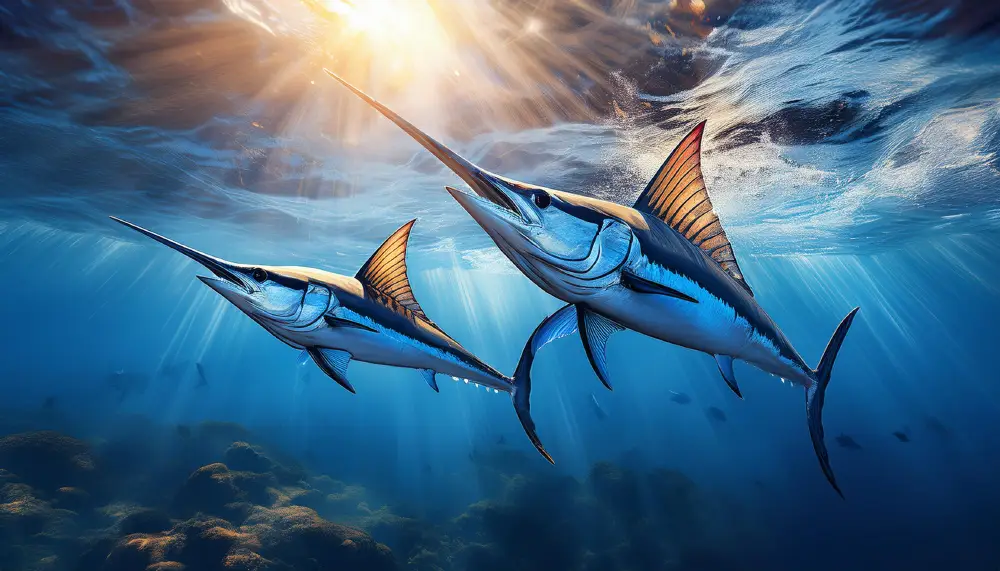
Each scene is a reminder of the endless wonder beneath the surface, where light, life, and water come together in endless, captivating motion.
It was through these moments of frustration and discovery that I realized I wasn’t just learning how to craft better prompts for AI; I was learning how to see the ocean with new eyes. The deep-sea creatures, the colorful fish, the bright coral reefs—all of it became more than just images to replicate. They became a reflection of the way the ocean moves, how it pulses with life, how it inspires us.
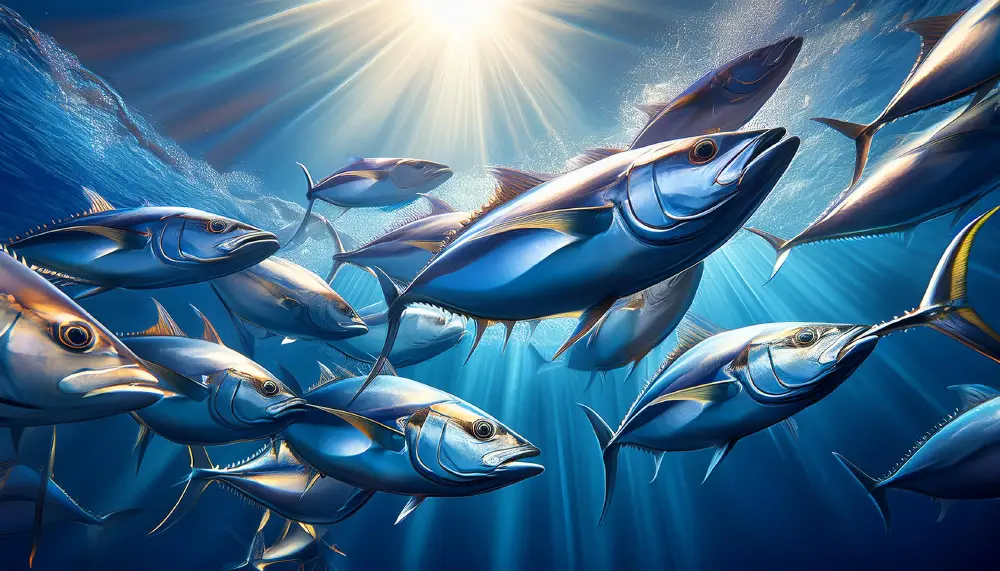
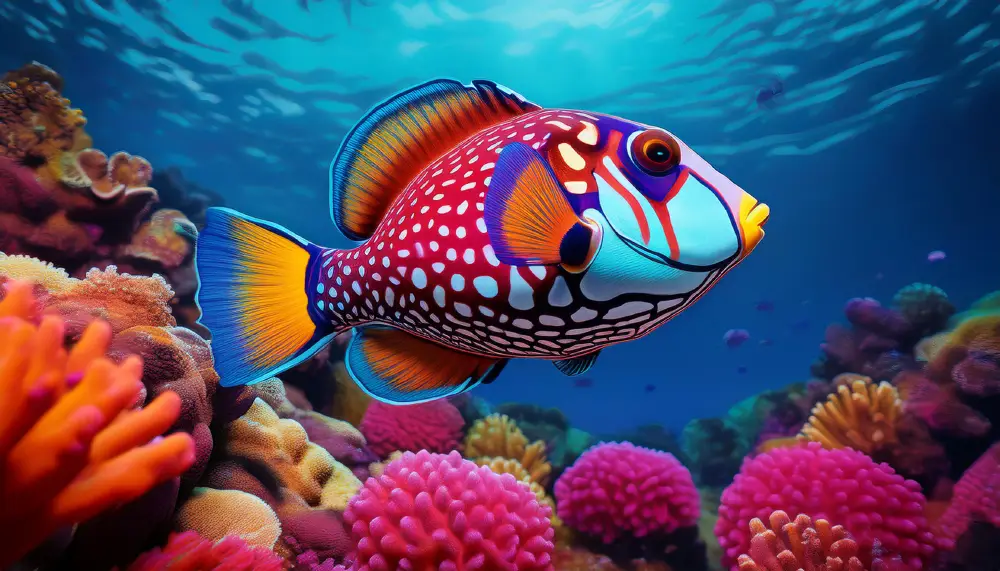
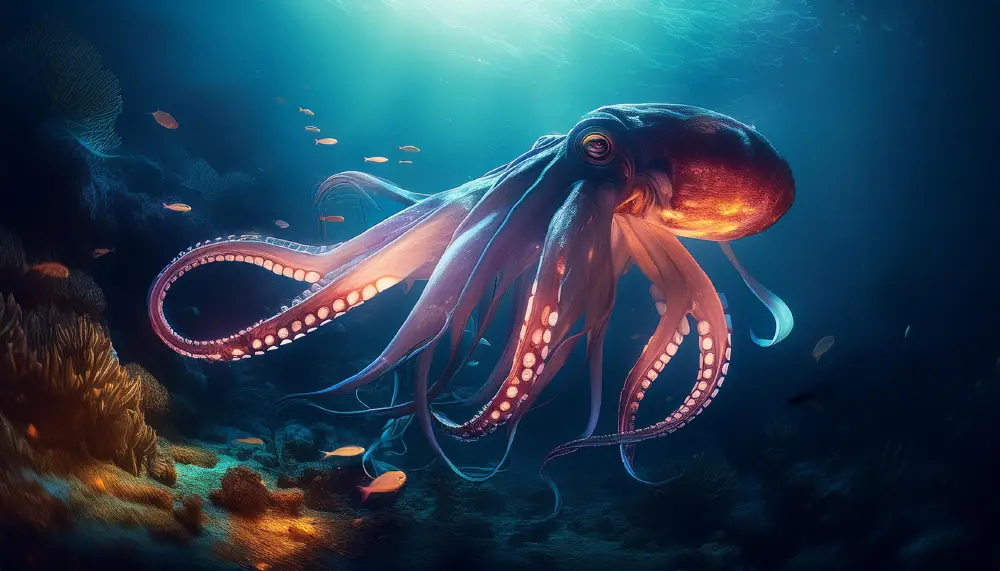
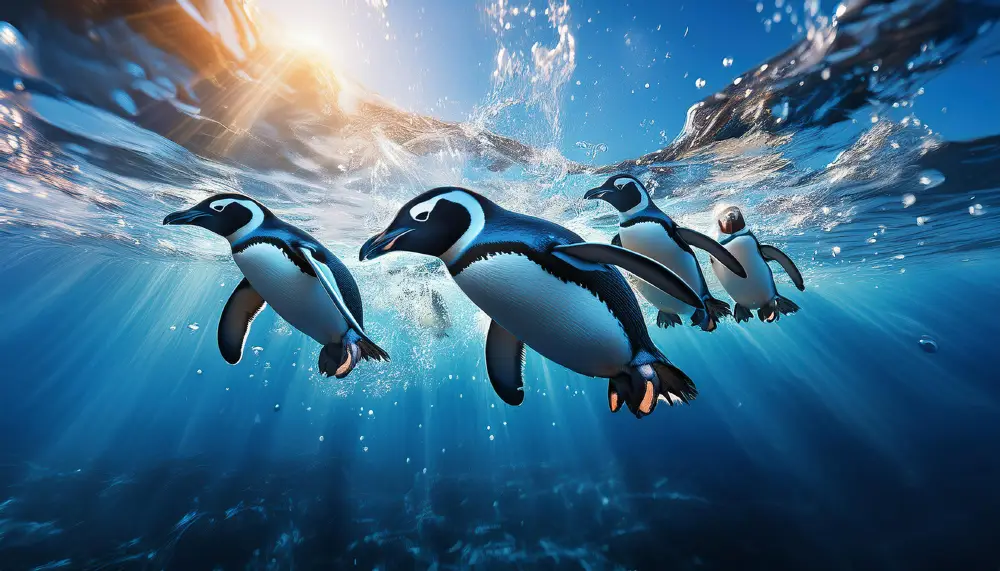
Of course, Firefly is still just a tool. It can’t replace the years of study or experience that an underwater photographer or marine biologist has. But it has allowed me, someone without that expertise, to explore and visualize the ocean in a way I never thought possible. It’s given me the chance to step into that world, even if only for a moment, and try to understand it on my own terms.
The ocean is vast, and I’m only beginning to scratch the surface. But with Firefly, I can capture its colors, its life, its rhythm. And that, in the end, is what draws me back—again and again—to explore what lies beneath.
Try Photoshop and all Creative Cloud apps free for 7 days.

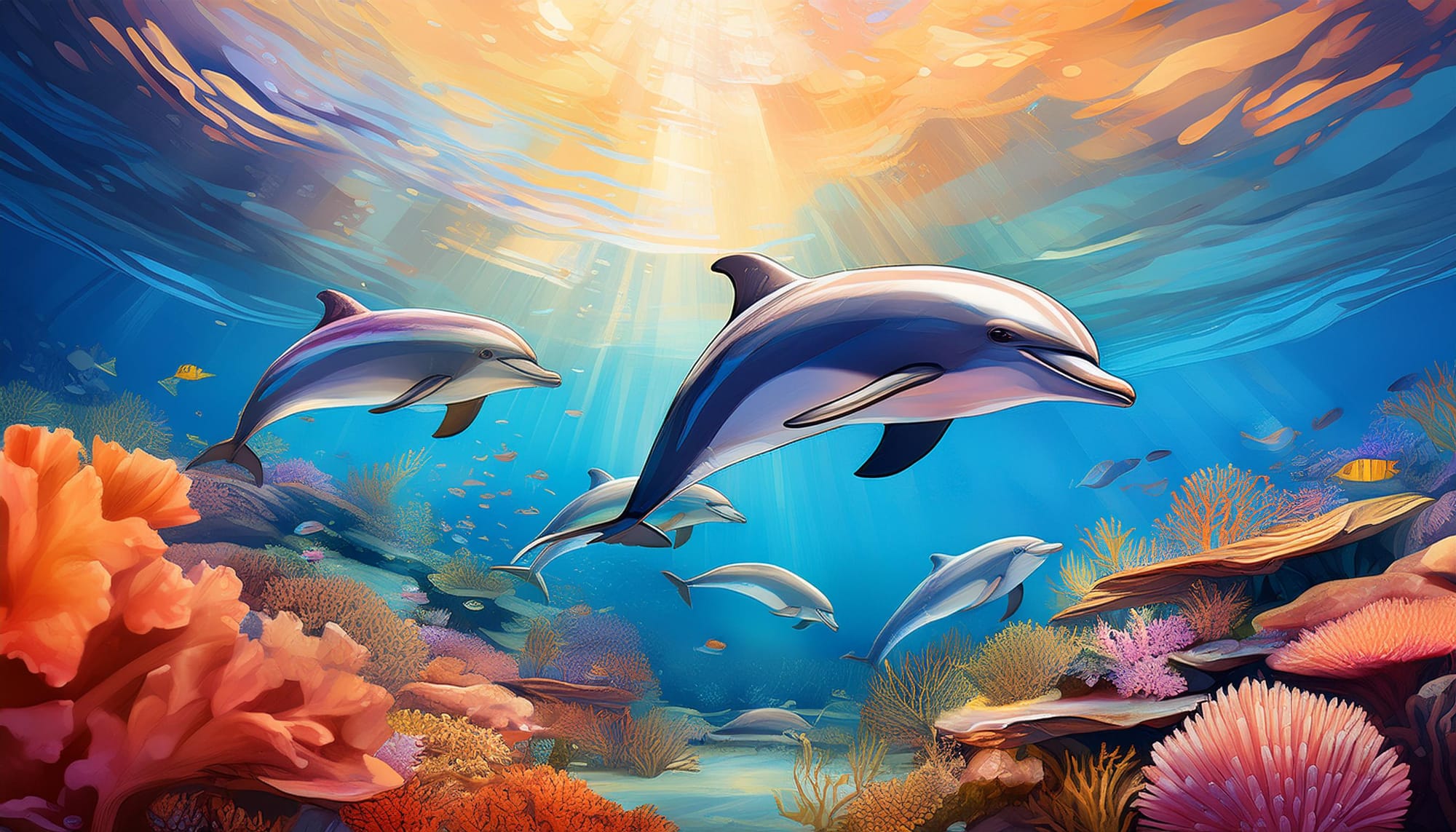









Member discussion